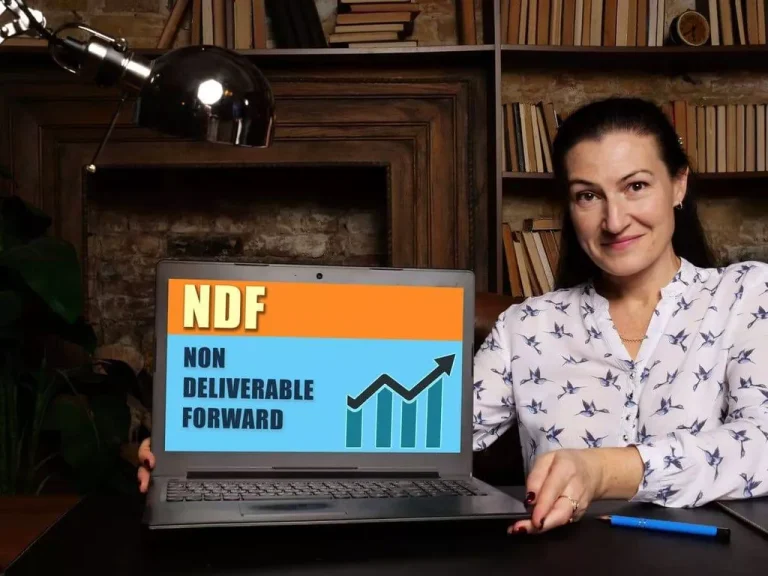Fees for sending cryptocurrencies and transacting on public blockchains Bitcoin com Support Center
ByContent
Coinremitter is a cryptocurrency payment processor that lets merchants process errorless, fast and secure crypto transactions. However, some users can adjust fees if they are https://www.xcritical.com/ using cryptocurrency wallets. Please note that an investment in digital assets carries risks in addition to the opportunities described above.
Demystifying Treasury Operations: How Bitpowr Simplifies Digital Assets Treasury Automations
Blockchain network fees, often referred to as transaction fees or gas fees, play a crucial role in the functioning and maintenance of decentralized networks like Bitcoin and Ethereum. These fees act as incentives for miners or validators who contribute their computational power to verify and process transactions, ultimately adding them to the blockchain. This, in turn, promotes a competitive marketplace where users can decide the priority of their transactions by choosing the amount of fees they are willing to pay. In the evolving digital economy, cryptocurrencies have crypto exchange fees emerged as efficient tools for fast, low-cost transactions. High transaction fees in traditional payment systems often pose challenges for businesses and individuals. Identifying cryptocurrencies with minimal fees is crucial for optimizing financial operations.
Will the Bitcoin transaction fee go down?
Similar to Bitcoin, but with cheaper costs and speedier transactions, Litecoin is a viable alternative. That’s right, you won’t pay a single cent for transactions with this coin, which makes it a popular choice for those seeking to avoid transaction costs altogether. It provides you with almost instant transaction speeds, so it will be perfect for everyday use. The cheapest way to send crypto is to use cryptocurrencies with lower market cap and less congestion. Utilizing layer-2 solutions can also greatly decrease fees for specific cryptocurrencies. Plus, some platforms Peer-to-peer or wallets could provide reduced or zero fees for certain tokens.
How Much Are Cryptocurrency Transaction Fees?
The base fee increases when network utilization is above the target utilization and decreases when network utilization is below the target. Gas is like a fuel that you need to run transactions on Ethereum or any other EVM-compatible blockchain. As just about all DeFi projects are built on Ethereum, the term gas is quite widely used.
- When buying crypto with credit card, it’s important to consider any additional fees that might be incurred.
- Bitcoin and Ethereum, two of the most popular crypto assets, both suffer from heavy transfer fees, sometimes costing as much as $30.
- Network congestion, often driven by high transaction volumes or network upgrades, can lead to increased network fees.
- This standardized measurement can help you estimate and set appropriate transaction fees to ensure that miners confirm your transactions promptly.
Top 10 Cryptocurrencies with the Lowest Transaction Fees
The website also provides a Chrome extension you can install to the browser that lets you see gas prices in real time. Transferring cryptocurrency can be expensive, with Bitcoin fees ranging from $5 to $30 and Ethereum fees often similarly high. For cheaper transfers, consider alternatives like TRON (TRX), Ripple (XRP), or Litecoin (LTC), which typically have much lower transaction fees, often less than a dollar. Understanding fee structures, identifying influencing factors, and implementing effective strategies are key to optimizing cryptocurrency transactions and minimizing costs. With each Bitcoin halving, the block subsidy drops and miners earn less, so transaction fees play a significant role to keep the network secure in the long term. Exchanges such as BitMEX and FTX charge transaction fees below 0.1% for both Makers and Takers.
This efficiency makes XRP particularly appealing for small-value transfers and emerging markets. The above table shows the correlation between Ethereum and Bitcoin fees and various network metrics. This dataset, combined with existing knowledge, may allow us to infer why fees for each network may be showing their respective correlations. All gas price issues usually apply to Ethereum since it is one of the most popular and hence the busiest networks.
Leveraging Litecoin’s technology, it shares fundamental similarities with Bitcoin, including peer-to-peer transactions secured through mining. Solana’s popularity for developing dApps and participating in DeFi and NFT trading stems from its capacity to manage high transaction volumes swiftly and cost-effectively. Solana has a substantial market capitalization, attracting investors with its relatively inexpensive fees. The standard cost is typically $0.00025, covering a standard and a discretionary prioritization fee. The RPCA consensus mechanism is used to achieve fast transaction speeds with low costs.
However, remember that security, scalability, and the cryptocurrency’s broader utility are equally important factors to consider. Litecoin has an effective network structure that rewards miners without relying heavily on transaction fees. Additionally, LTC has generated a fresh wave of excitement thanks to its recent halving.
Instead, they want their transaction to be included in the very next block. The only way to be sure that a transaction will be included in the next block is to set a fee that is higher than those set for other transactions in the mempool. Transaction fees are essential in crypto, preventing spam and malicious activities while ensuring the network remains efficient, secure, and competitive. While looking for the right combination of these crucial features, you should consider investing in safer asset classes such as stocks instead. When well-respected corporations dip their toes in the crypto opportunity, you can gain exposure to the same thrilling but dangerous market by investing in these companies instead.
Fees are based on your 30-day trading volume and are offered in two tiers. Tier 0 offers free trading for makers and takers of all volumes, while Tier 1 fees range from 0.05% to 0.6% (takers) and free to 0.4% (makers), depending on trading volume. Ethereum transaction fees can be higher due to the ability to run complex smart contracts, which require more computational resources than simple transactions.
Gas is required to maintain the network’s operation and its security, and it is needed to perform a transaction. Taking your activity off the main chain is one of the best ways to keep your fees low. Since crypto is digital money, you’re essentially swapping one currency for another when you buy and sell it.
For that reason, transaction fees have to be paid for each and every transaction in the Bitcoin ledger. When there is a backlog of transactions waiting to be validated, it creates an incentive for miners to process transactions with higher fee rates first. Most miners target transactions with high fee to byte ratios, because they are trying to make the most revenue. If you are sending a transaction with the help of a Bitcoin wallet, the wallet should display an option for you to select your fee rate.

Payments on the Lightning Network cannot succeed unless (1) there is a route between the payer and payee—which can be indirect—and (2) that route is sufficiently liquid. As an example, suppose Alice wants to send a 1 BTC payment to Bob, but the only routes available are made of channels with 0.5 BTC in capacity. In this scenario, it would be impossible for Alice to pay Bob 1 BTC (directly). This article covers everything you need to know about the latest developments and innovations in blockchain technology.

For traders and investors, minimizing fees is paramount to maximizing profits and achieving financial goals. High fees can erode gains and reduce the overall return on investment, making fee management a crucial aspect of cryptocurrency trading and investing. Cryptocurrency fees form the backbone of the digital asset ecosystem, influencing the cost and efficiency of transactions.
For a transaction to be validated, a certain amount of computational power is required, which is paid for by the crypto transfer fee. The UTXO model, prevalent in networks like Bitcoin, involves consuming different inputs (UTXOs) for each transaction while generating new UTXO outputs. These UTXOs represent unspent cryptocurrency amounts, and users must provide sufficient UTXOs to cover transaction fees.